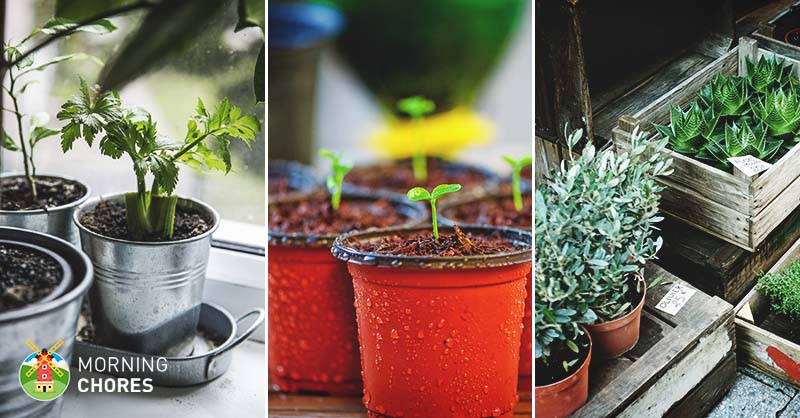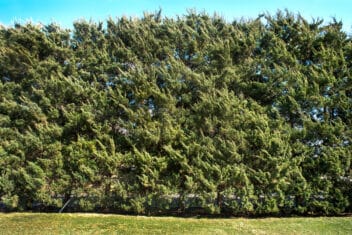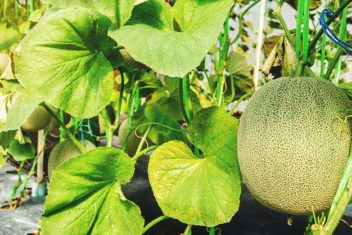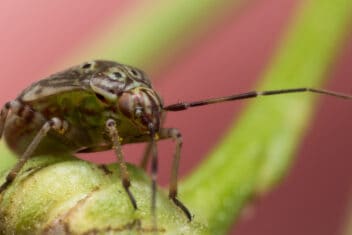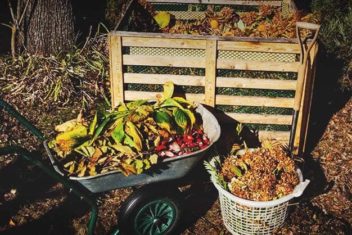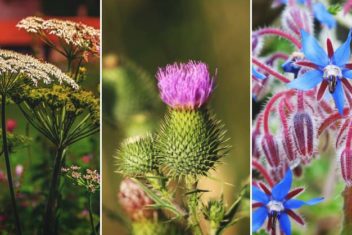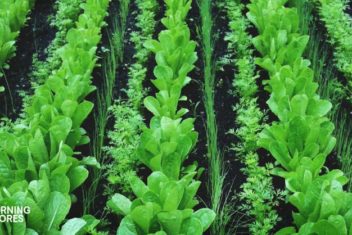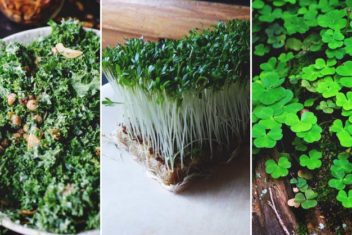Last summer I decided I wanted to have a garden. Knowing that there was a possibility of moving to our new homestead, it became evident that having a traditional or raised bed garden was not going to cut it that year. So I decided to container garden.
Container gardening has the advantage of being able to pick up your produce and take them where ever you are going. It also works well for people in urban areas who live in apartments that have little to no yard.
After doing research, I was surprised to find out how many things I could grow in containers and the fact that it was relatively simple to do so. After a year of experimenting and learning, here’s what I have learned.
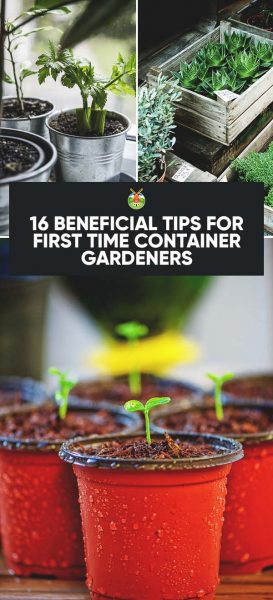
What First Time Container Gardeners Needs to Know
1. Lots of variety
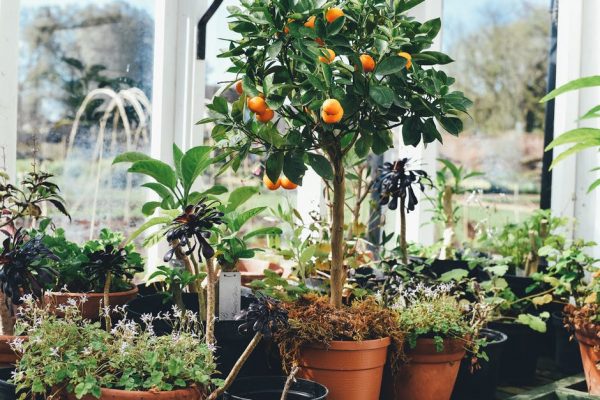
I’m not kidding when I say there are a lot of things that you can grow in containers. Did you know you could grow lemon and lime trees in containers? Yep.
Dwarf lemon trees can be maintained indoors and you do not have to get the standard Meyer lemons but could opt for the ones that are as big as oranges and sweeter than the traditional store-bought kind. Consider me sold.
There are also your standard tomatoes, peppers from bell to banana, basil, mint, just about any variety of berries, and much more.
2. Prepare and plan
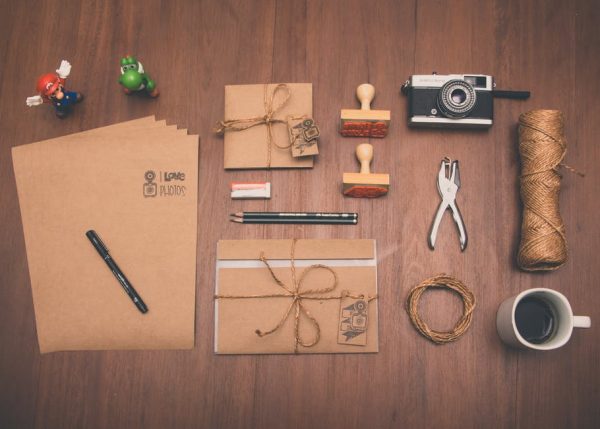
Look at what you eat. What are the regular meals that you can grow in a container? Is there something that you would like to try? Check that out.
Once you have done those things, make a list. When you do this, it ensures that you will not go to the garden center unprepared. I consider this to be a crucial step because you will go to the garden center and either not buy anything at all or do like I always end up doing and come home with your trunk and your backseat full!
3. Keep a Notebook

Last summer I had one heck of a time with my tomatoes. At the start they were great, then something happened (I don’t remember what), then we had tomato worms, then we dealt with them being in too much sun.
You see that “something happened”? I should have kept a notebook.
One of my friends at work told me they had started a gardening notebook and I thought that was a great idea. There are some pretty cute ones you or just keep a simple one, whichever works best for you.
4. Understand the Type of Containers you can Purchase

The majority of my produce last summer were grown in a topsy turvy container. I had two big standing ones that held banana peppers, jalapenos, and basil. Another held tomatoes and cilantro. And then there were the ones that were designed to just hold bell peppers and just hold strawberries.
All of our topsy-turvy containers were bought on sale from Big Lots during the fall.
The terra cotta pots are holding the blueberries. I opted for a much sturdier, long-lasting pot for these as I intended to keep them for multiple years. Looking back, I should have done this with the strawberries.
Be creative when it comes to your pots. My girls have painted the terra cotta pots. You can use plastic buckets as well.
Another thing to note is that terra cotta does not like cold weather. On the rare occasion that the temperature dropped below freezing where I live, I made sure I brought the blueberry bush into our garage.
5. Understand that Plants Die

Although not entirely plant-related I feel this story sums up a part of life that most people are not willing to admit. The other day a student of mine was talking about how they were good at sewing. I, being the teacher, did not bat an eyelash when I said, “I’m good at seam ripping”.
When you grow plants, sometimes they die. It’s a part of it. It doesn’t mean you stink at gardening, it means something happened. Hopefully, you can figure out what that something is, learn from it, pick yourself up, and try again. After all, you’ve got to eat!
6. Make Sure Your Pots Have Adequate Drainage
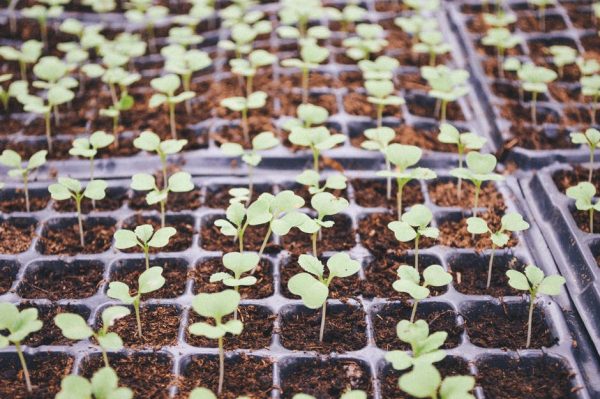
If you do not have enough holes in your containers, the plants will sit in the water they did not absorb. Just like with other things, this water will eventually cause the plant to rot and die.
Many store-bought containers still do not have adequate drainage. All you have to do though is to drill, punch, or carve a bigger hole in the container.
7. How to make room for vine produce
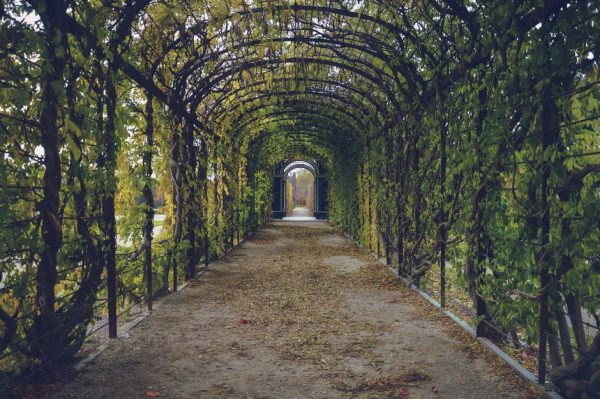
The idea of growing pumpkins in a container is a bit overwhelming but with some creative thought, it can work.
For one, choose a smaller variety. These varieties are good for painting and then cooking for pumpkin pie or whatever your pumpkin heart desires (there are so many different varieties of pumpkin stuff these days).
Next, pick a big pot that holds at least 10-gallons. Then train them up the trellis. To make sure they have enough grip, I highly recommend cloth on your trellis.
For green beans, if you live in an apartment you could choose to put a tomato cage and add twine to the cage for the green beans to grow. I have also seen people take two different pots and make a bridge between the two that the green beans grow up. It is so pretty!
8. Choose Good Potting Soil
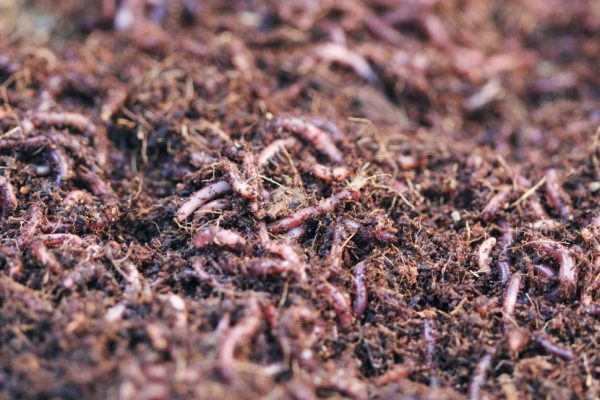
Good soil should have peat moss, perlite, and compost. All soil is not equal so don’t opt for the cheapest variety if it does not have these items in them.
You could also make your own soil by composting.
9. Look at the Sun
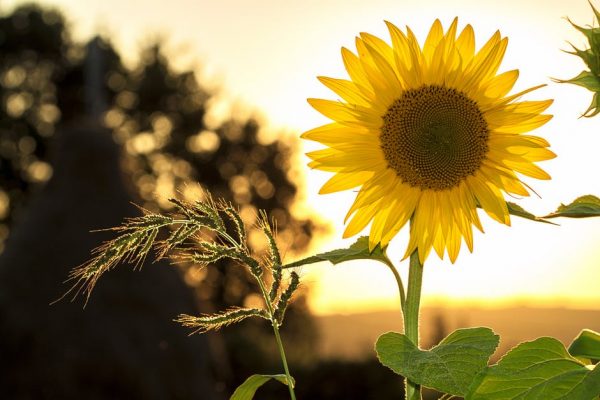
Knowing how much sun your produce is going to need, is important and many people tend to overestimate how much sun their plants are actually getting.
If you live in an apartment with a lot of shade you will do better to grow your lettuce outside and your tomatoes inside in an alternative lighting situation.
If you are not sure how much sun your land gets, use a sun calculator to help ensure you get the right information. Naturally, you want to be successful in your gardening and this is one way to ensure that!
10. Look into Combination Gardening
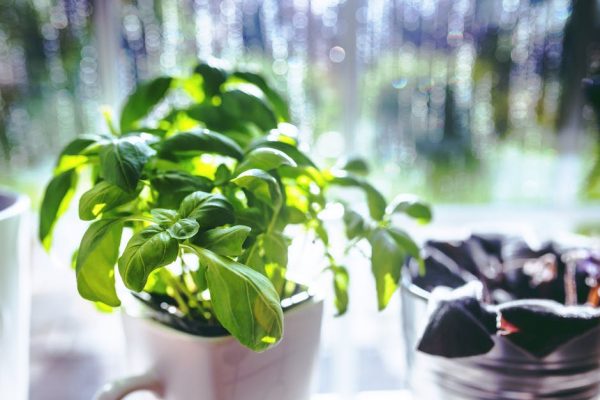
Did you know you can grow multiple items in one container? Yes. A great example of this is a herb container.
Be sure to do your research though because there are some plants that like having their own space. For example, mint will take over an entire pot or an entire (regular) garden; therefore, it is always best to let mint live by themselves!
Another reason to do your research is that some like more sun than others.
11. Save Your Plant Tags
I had read this somewhere and thought it was very useful info, yet for some reason only managed to do that with my Coolepenos. Coolepenos supposedly have the taste of jalapenos without the spice.
Anyways, I added the ticket to my Coolepenos and then put everything else in without adding the plant tag. For about 6 weeks I knew what nothing in that topsy-turvy was except for my Coolepenos and the basil (because of the very distinct smell of basil). Lesson learned and I hope you learned as well.
Also, if you have the time you can decorate your own tags. My tag stayed colorful throughout the summer so I was happy with it. If I need to get the kids busy one day, we might create our own.
12. Container Plants Love Water
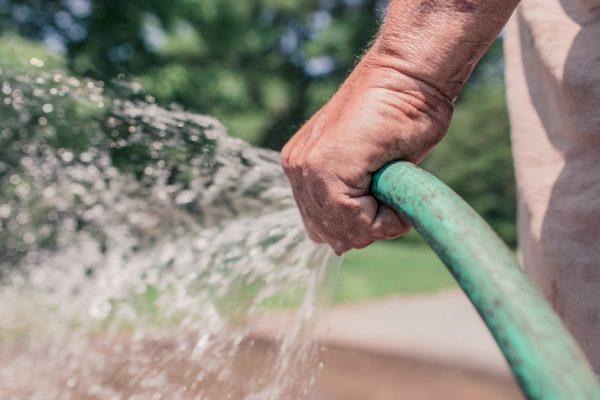
Gardens that are growing directly in the ground have the benefit of having water from other sources down below. Container plants don’t get that benefit. Once the surface of the soil gets dry, it’s time to water them again.
Also, if they have a good ventilation system (through holes on the bottom) do not worry about them getting too wet either. They will get just the amount they need and then share the rest with whatever is under the holes.
During the hotter days in the summer watering daily will become a necessity. Don’t stress about it. When my girls came home from school they would water the garden. Once summer was in full swing it became my 10 am ritual.
13. Get a Bigger Pot Than It Needs
I say this because of what I said above. Container plants love water. If they have a container with a lot of soil, guess what that soil is going to do? If you guessed contain water than you are correct!
So, opt for a size bigger when you can and fill it with soil, not other things.
14. Give Them Extra Nutrients
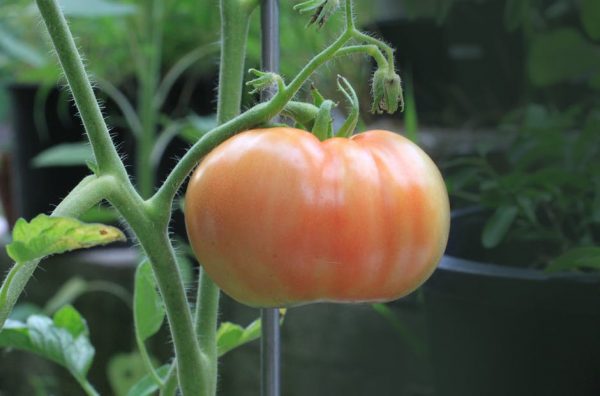
Just as with water, when planted in the ground, there is a good chance the earth is already doing some composting on its own. Being in a container means that the plant does not have access to these extra nutrients; therefore, it is important for the plant to get extra nutrients.
The produce gets extra nutrients from multiple sources. One great source that has already been mentioned, but is worth mentioning again, is compost. This easy item that can be made at home and helps nature take its course.
There are other options as well. For example, tomatoes and other acid-loving produce enjoy coffee grounds so when you are done with your daily dose of caffeine instead of putting the used grounds in the trash put them in a bucket. Stir it when you get home (to help it dry faster, thus avoiding mold) and add it to your tomatoes once a week.
If you are worried about blossom end rot, add washed and crushed eggshells to your tomatoes for extra calcium in your plants.
One thing to notice here is doing your research will prevent unneeded purchases.
15. Pick Them if They are Dead
Picking the dead items off your plants will prevent them from growing the healthier produce better, so at a minimum of once a week, pick the dead items off the plants in order to keep the overall plant healthy.
And if you are composting, these dead items will be beneficial as part of your organic matter.
16. Clean up When Winter Comes
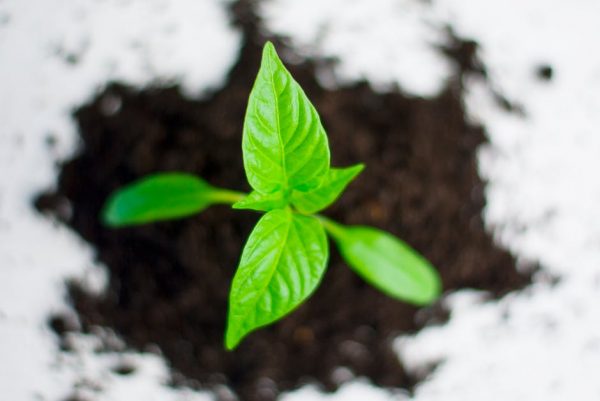
If you want to keep your pots long term this is a necessity. Terra cotta pots will crack and break in the freezing weather if they have soil left in them. If you chose to have perennial plants and you live in an apartment then it’s time to bring your produce plants inside. If you live in a home, I recommend putting them in your garage near the edge of the house.
Cleaning up before winter sets in full swing is also important for ascetics as well. Home is a place that you should be proud of, a place that makes you feel your best. Having a clean home will ensure that these feelings happen.
My Final Tip…
My final tip to all our first-time container gardeners is to be honest with yourself. If you know you struggle with growing strawberries but can get tomatoes to grow with your eyes closed, why not find a friend to swap produce with?
Maybe you love gardening so much you spend your extra money on it but are ashamed to admit that to your friends. That’s okay, it is what makes you happy.
Gardening is meant to be fun, to bring out something in yourself. Being truthful, open, and honest with yourself will make it that much better!
